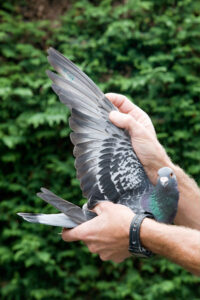 In the second part of our article, we will look at the wing structure of the racing pigeon as it pertains to propulsion in flight. First, let’s look at the how propulsion is attained in the flight of the racing pigeon.
In the second part of our article, we will look at the wing structure of the racing pigeon as it pertains to propulsion in flight. First, let’s look at the how propulsion is attained in the flight of the racing pigeon.
Propulsion
As the bird glides forward, the wing functions like that of an airplane wing and lift is created by the forward movement of the bird through the air. But, in the bird’s wing, the shape of the wing and the shape of the flight feathers change with the motion of the wing beat. This is what provides the lift and the forward propulsion in flight.
Functioning of the Primary Flight Feathers during Flight
A feather is made up of a central quill with a web of filamentous material called the vane extending from the two opposite sides. In the primary feathers of the racing pigeon, the trailing edge of the vane is more broad and flexible than the leading edge.
As the wing beats down, the vane twists with the trailing edge going up, forcing air backwards to produce forward thrust. Flapping the wings faster causes the primary feathers to twist more, thus increasing the thrust.
With the up-stroke, the wing pulls closer to the body, the primary feathers separate, allowing air to pass through them. This is what stops the wing from pushing the bird down. As the wing comes up into position with the final upstroke, a small backward sweep brings the top surface of the primary feathers down against the air, giving the bird an extra forward push.
Assessing the Wing Structure for Propulsion
As the fancier assesses the wing, the size of the wing should be proportionate to the size of the body of the bird and of a size that allows comfortable movement. If not, the bird’s flight will be inefficient, causing early fatigue.
To best understand this, think of human rowers being given oars that are too large. With the large oars, rowers can cover a good distance but fatigue will soon set in. And, with oars that are too small, the rowers can move quickly but their progress will be slow.
So, considering this, the primary flight feathers should be examined for length, shape and condition. The length of the feathers, like the oars for the rowers, must match the bird’s size.
Wing and Feather Structure in Distance Birds
Generally, distance birds have longer primary feathers and short secondary flight feathers. With these longer wings, the distance birds take longer to move up and down, but each stroke of the wing will propel the bird a further distance. Given this, a distance bird will travel further per wing beat with less fatigue.
In looking at the primary feathers of the distance bird, successful birds may have the eighth, ninth and tenth flight all the same length and some may have the tenth flight the longest. Also, distance birds may have more spacing between the last four primary feathers. This feature allows air to slip easily through during the upstroke, lessening the effort involved to raise the wing up.
Wing and Feather Structure in Sprint Birds
Short wings may be seen in sprint birds and this is desired as the short wings can be moved up and down quickly, giving rapid flight. However, with the rapidity of the wing motion, extra effort is required. So the sprint bird has speed but shorter endurance.
Sprint birds may also have wider end flight feathers with rounded and fuller vanes at their tips. This traps the air on the down stroke and creates forward propulsion, resulting in a faster flight. However, the increased air resistance makes it harder to push the wing down and pull up, contributing to a rapid onset of fatigue.
Summary
Strong and supple primary flight feathers are needed in both the sprint and distance birds to meet the demands of each wing beat. Overall, genetics and the level of care the bird receives determine the quality of the feathers.
To recap, in evaluating the structure of the wing, the fancier should look for:
- A wing proportionate to the bird’s body
- A defined camber or wing curvature
- Good support at the shoulder
- Good feather quality
- In speed racers, shorter wings with wider vanes
- In distance birds, primary flight feathers that are longer but thinner at their ends, especially the last four flight feathers

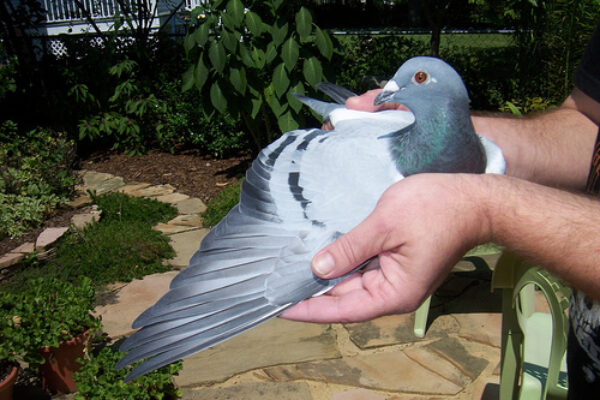
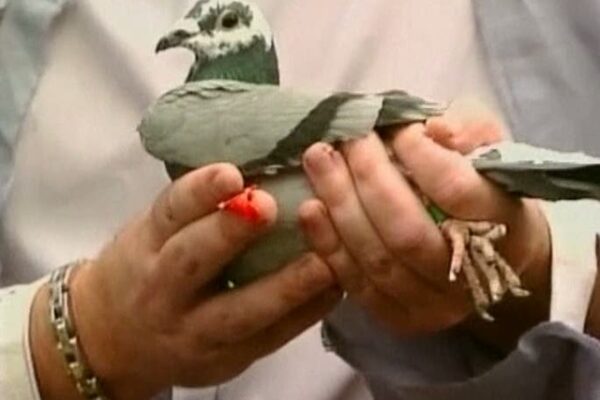
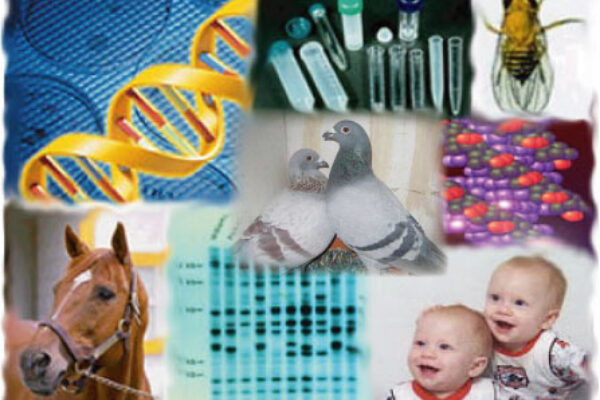
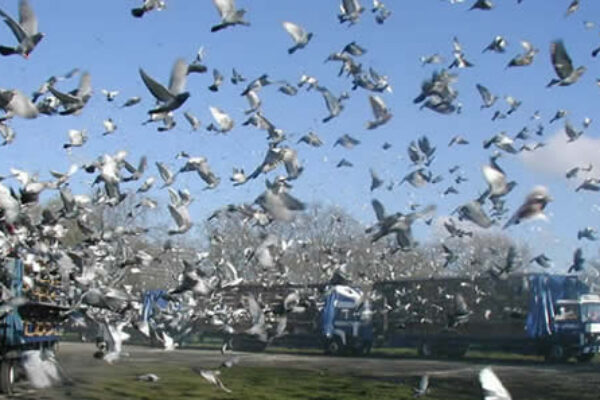

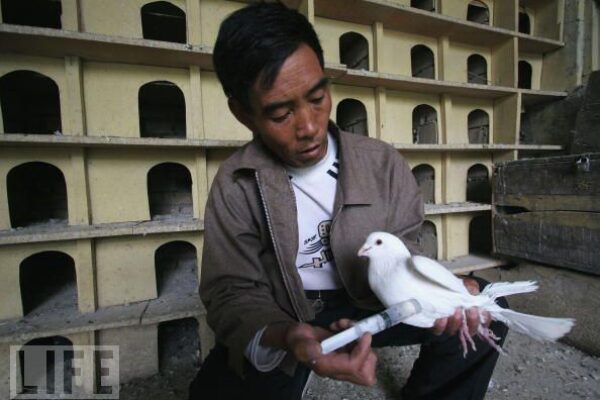


Good article! I wish opinions about the step between primaries and secoundaries. Personally I don,t like any space between primaries and secoundaries.